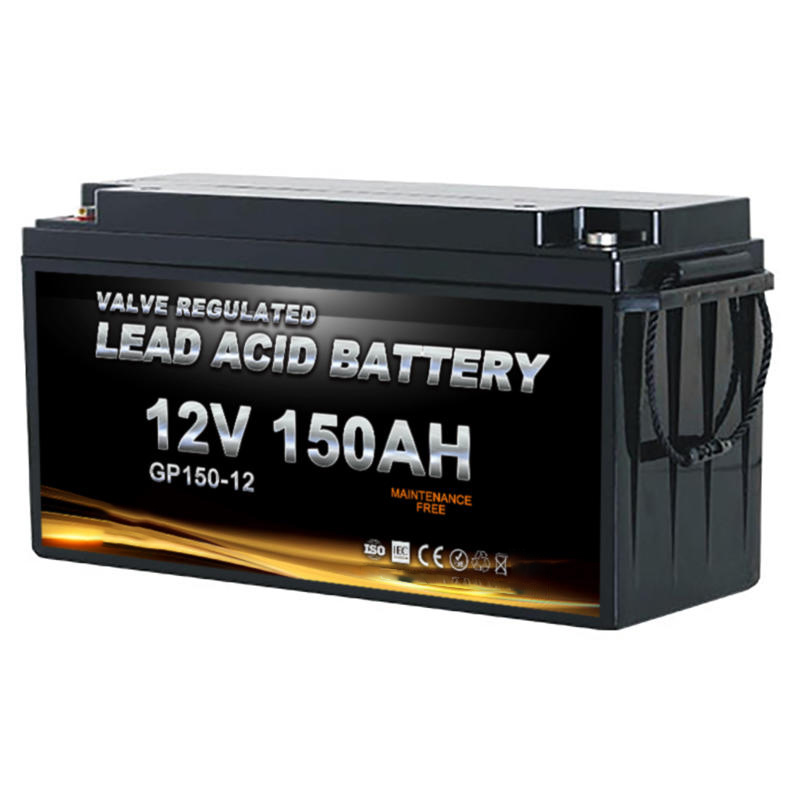Understanding the design life of lead-acid batteries involves considering several factors.
- Manufacturer Specifications: Start by consulting the manufacturer’s specifications. They typically provide information on the expected design life of the battery under specific operating conditions. This information is often provided in terms of the number of charge-discharge cycles or years of service life.
- Depth of Discharge (DoD): The depth to which the battery is discharged during each cycle significantly impacts its lifespan. Lead-acid batteries have a longer lifespan if they are discharged only partially (e.g., 50% DoD) compared to deep discharges (e.g., 80% DoD). Understanding the recommended DoD for your specific battery model is crucial.
- Operating Temperature: Lead-acid batteries perform best within a certain temperature range. High temperatures can accelerate degradation, while low temperatures can reduce efficiency. Operating the battery within the recommended temperature range can extend its design life.
- Charging Methods: Proper charging methods are crucial for maximizing the lifespan of lead-acid batteries. Overcharging or undercharging can lead to premature failure. Following the manufacturer’s recommendations for charging rates and voltage limits is essential.
- Maintenance: Regular maintenance, such as ensuring proper electrolyte levels, cleaning terminals, and performing equalization charges when necessary, can extend the life of lead-acid batteries.
- Environmental Factors: Environmental conditions such as humidity, vibration, and exposure to contaminants can affect the lifespan of lead-acid batteries. Protecting the batteries from harsh environmental conditions can help prolong their life.
- Usage Patterns: The frequency and intensity of use also influence battery life. Lead-acid batteries used in applications with frequent deep discharge cycles may have a shorter lifespan compared to those used in applications with lighter, more intermittent usage.
- Quality of Components: The quality of materials and construction can vary between different battery brands and models. Higher-quality components generally result in longer-lasting batteries.
By considering these factors, you can gain a better understanding of the design life of lead-acid batteries and take steps to maximize their lifespan in your specific application.


